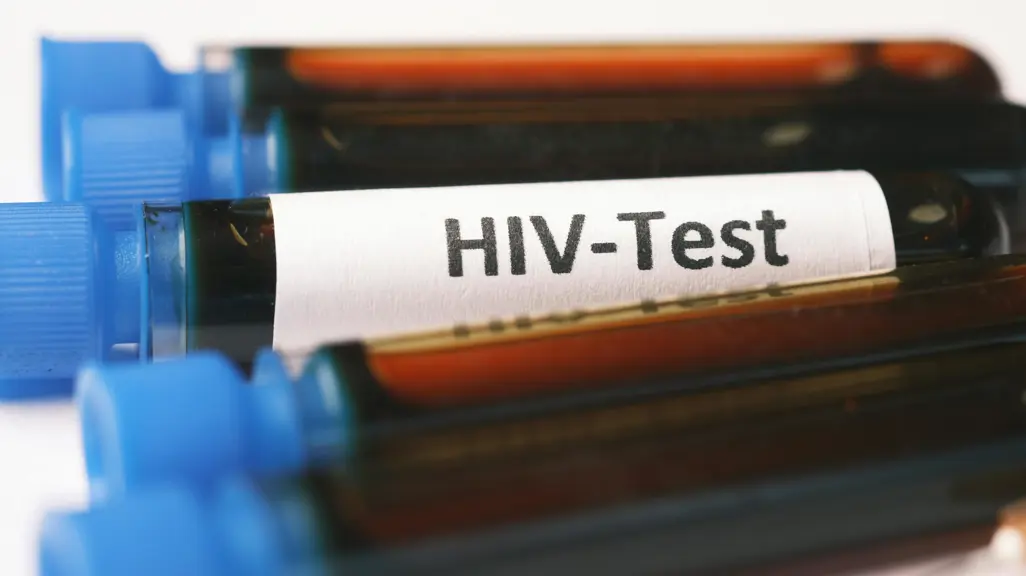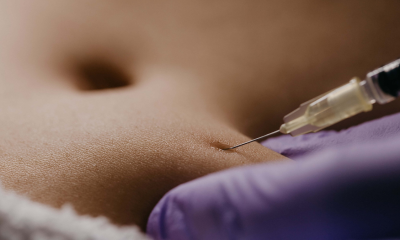Lifestyle
Nairobi Has The Highest New HIV Infections as Kenya Records 20,000 New Cases in 2025
Women remain disproportionately affected, accounting for nearly two-thirds of new infections—13,236 cases compared to 6,869 among men.

Kenya is staring at a fresh HIV crisis after new data revealed more than 20,000 people contracted the virus this year, with Nairobi County bearing the heaviest burden.
Figures released by the National Syndemic Diseases Control Council (NSDCC) show a total of 20,105 new HIV infections in 2025, cementing fears that the country’s progress in curbing the epidemic is slowing.
Women remain disproportionately affected, accounting for nearly two-thirds of new infections—13,236 cases compared to 6,869 among men.
Children under 15 contributed 4,349 cases, exposing persistent gaps in preventing mother-to-child transmission despite reported 90.1% PMTCT coverage.
The council warned that the 9.26% mother-to-child transmission rate remains unacceptably high.
Nairobi recorded the highest number of new infections at 3,045, with women making up more than two-thirds. Other hotspots included Migori (1,572), Homa Bay (1,180), Kisumu (1,341), Mombasa (817) and Siaya (873). On the other end of the spectrum, Mandera, Marsabit and Lamu reported some of the lowest infection rates at 67, 40 and 36 cases respectively.
The report further shows that 1.3 million Kenyans are now living with HIV, with Nairobi once again topping the chart at 151,916 people, followed by Homa Bay (104,317) and Migori (99,510).
Wajir registered the lowest prevalence, with just 701 people living with HIV.
AIDS-related deaths remain devastating. An estimated 21,009 people died of AIDS in 2025, including 2,688 children. Nairobi led with 1,267 deaths, while Nakuru posted the highest toll at 1,698 fatalities.
Experts are warning that Kenya risks undoing hard-won gains unless prevention, treatment, and community awareness campaigns are urgently stepped up.
“The numbers speak for themselves. Women and children continue to pay the highest price, and we cannot afford complacency,” said an NSDCC official.
The grim data comes as a ray of hope emerges globally.
The Gates Foundation recently announced an ambitious partnership with Indian drug-maker Hetero Labs to roll out low-cost lenacapavir, the world’s first twice-yearly injectable HIV prevention drug.
Priced at about $40 a year, the medicine could significantly boost access to prevention tools in Kenya and other low- and middle-income countries.
For now, however, the challenge remains clear: infections are rising, deaths are mounting, and Nairobi stands at the epicenter of a crisis that Kenya thought it had tamed.
Kenya Insights allows guest blogging, if you want to be published on Kenya’s most authoritative and accurate blog, have an expose, news TIPS, story angles, human interest stories, drop us an email on [email protected] or via Telegram
-

 News2 weeks ago
News2 weeks agoHow A Fake Firm Was Awarded A Sh230 Million Tender By Kiambu County
-

 News2 weeks ago
News2 weeks agoLANDLORD FROM HELL: Daniel Agili Ojijo’s Empire of Evictions, Unpaid Wages, and Sham Auctions Leaves Trail of Terrorized Tenants
-

 Business2 weeks ago
Business2 weeks agoSafaricom Blocks Telegram Access in Kenya
-

 News1 week ago
News1 week agoUK-Based Website Faces Scrutiny Over Alleged Sexual Exploitation Of Kenyan Women
-

 Investigations1 week ago
Investigations1 week agoMistreatment and Gross Misconduct: Thika Cloth Mills Accused of Bribing Labour Ministry Officials to Muzzle Workers’ Revolt
-

 News2 weeks ago
News2 weeks agoOburu Explains Why Raila Had Two Coffins and His Body Prepared in Kasarani, Not Lee Funeral Home
-

 News2 weeks ago
News2 weeks agoRaila Had Suffered a Clot on His Brain, Oburu Reveals How Ruto Attempted to Save His Life by Evacuating Him to India on a Private Jet
-

 Politics1 week ago
Politics1 week agoUhuru Kenyatta Draws Battle Lines in Mt. Kenya Politics Defends Gachagua and Warns Jubilee Rebels to Toe the Line


























